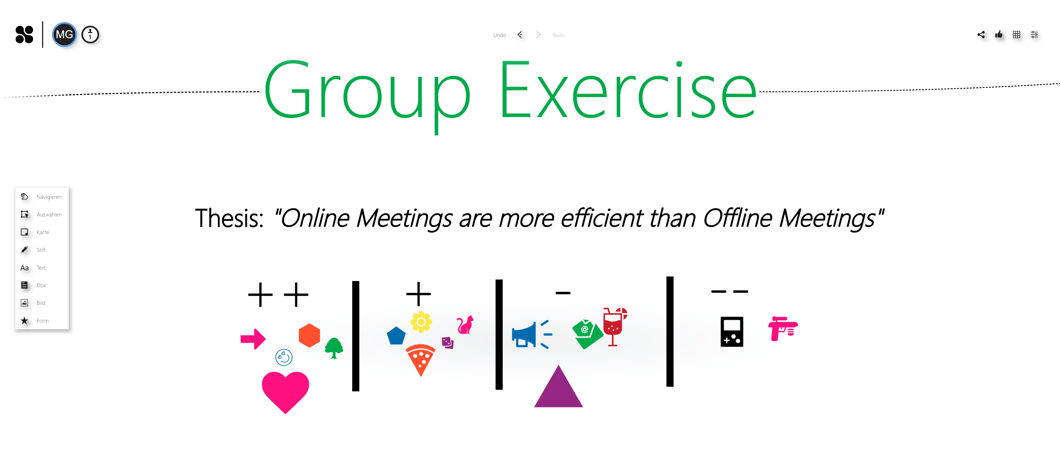Remote meetings are crucial to keep any team aligned, regardless of the physical location of your coworkers. That’s why it’s extremely important to hold engaging meetings especially when team members are not in the same room.
Virtual conferences have their own rules and boundaries: despite being more frequent than office meetings (this 2019 report found 14% of remote workers having more than 10 meetings per week), they are also less engaging, forcing employers to find new ways to spice up their virtual gatherings and avoid distractions.
In this guide we share some tips to ensure that your team members have the best remote meeting experience to ensure collaboration, build relationships and alleviate the alienating effects of physical distance.
7 Tips for Running Engaging Remote Meetings
- Choose the right software. There are so many remote meeting softwares (both free and premium) on the market that it’s becoming increasingly hard to pick the right one for your needs. Make sure to properly research your options, compare their pricing plans and features and create a business case to find the best solution for your company. Make sure to ask for your coworker’s help and opinions!
- Leverage remote collaboration tools. In addition to the meeting software, which covers your basic need of connecting remotely with your team, you’ll also need ways to help team members discuss, share their ideas, update projects and keep creativity alive.
A good example is a real time collaboration tool to collectively work on designs, wireframes, schemes and moodboards, while capturing comments and revisions at the same time.
Collaboard is the perfect example of a remote collaboration whiteboard with a number of features for a great remote engagement.
- Have an agenda. We can’t stress this enough: a meeting agenda is what makes or breaks any meeting, but it’s especially important when it comes to remote meetings as it helps participants to properly prepare and feel comfortable.
The agenda allows you to outline what the meeting will cover, listing the topics to discuss from first to last.
Don’t be afraid to be specific: aside from the meeting points, you can also add details on who will speak about a specific topic, the time allotted and whether there is a dedicated slot for questions and discussion. - Pick a facilitator. A meeting facilitator is a person assigned to supervise the meeting, in order to make sure that it runs smoothly and that everybody has a chance to talk. This is a key role when it comes to virtual conferences: remote workers are often interrupted or talked over due to the nature of digital communication and absence of physical clues. The facilitator keeps the conversation on track, and can also help with technical issues that may arise during the meeting.

- Allow time for small talk. Remote workers are often facing long periods of isolation and lack of social interactions, which may lead to a sense of detachment from reality. Either when the meeting begins or ends, allow participants time to catch up and stay connected with their colleagues through small talk. This will help them feel less isolated and build stronger connections.
- Follow the remote etiquette. Even for remote meetings there is an etiquette (or, in this case, a “netiquette”) to follow. For instance, being late is not as tolerated as it might be during an in-person meeting. Also, try to avoid distractions: don’t browse the web or read your emails during the meeting. Multi-tasking is the worst enemy of remote conferences: aside from pulling your attention away from the meeting’s topic, it will most likely annoy your colleagues and distract them too.
- Send a recap email. When the remote meeting is over, sending a recap email to every participant is not only an act of courtesy, but also a great way to stay on track and keep collaboration alive. Include meeting topics, next steps, specific action items and assignees, as well as deliverables and dates. This way, everyone will know what to expect and will feel much more motivated to attend future meetings.



